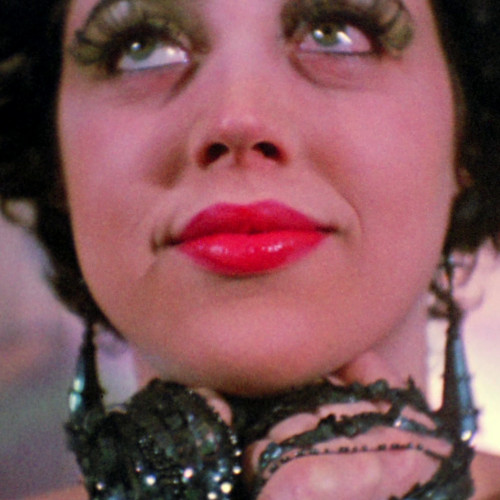SPECIAL EVENTS
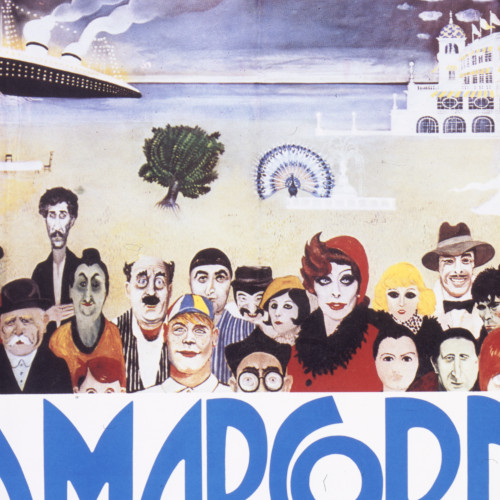

This year, even more so than in previous editions, we received hundreds of proposals for new and fascinating restorations. At the end of a lengthy selection process, we drew up a festival programme in which each and every spectator will be able to attain a state of cinematic bliss. Among the most anticipated events, the return, as never before seen, of a monumental and “invisible” work par excellence, Napoléon vu par Abel Gance, of which we will screen, thanks to a decade of work by La Cinémathèque française, part one (3 hours and 47 minutes). The collaboration between Warner Bros. and Martin Scorsese’s The Film Foundation has brought about the restoration of some timeless classics of US cinema – The Searchers by John Ford and North by Northwest by Alfred Hitchcock – in 70mm, the “glorious” format that doubles both the width of the film and the pleasure of seeing it on the big screen. That said, we will be keeping our passion for vintage 35mm Technicolor alive, with some extremely rare prints that the Academy Film Archive has released to be screened exclusively at our festival. We will also be celebrating one hundred years of Sony Columbia, a production company that has traversed (and made) the history of cinema. If you have the impression there are going to be too many Starred and Striped films, let us reassure you: you will also be able to watch the definitive restored versions of works by Yasujiro Ozu, Hans Fischinger, Carlo Rim, Akira Kurosawa, Carlos Saura, Jacques Demy, Mario Bava, Antonio Pietrangeli, François Truffaut, Miklós Jancsó, Seijun Suzuki, Satyajit Ray, Peter Zadek, Ester Krumbachová, Marco Bellocchio…
For the third year running, Pratello Pop will open the doors of Cinema Europa (where the festival was born 38 years ago) to cult and “alternative” films. Within the vast selection of silent films on offer, we would like to draw your attention to the Gaumont restoration of a 12-episode serial from 1916, Judex by Louis Feuillade, and a selection of Laurel and Hardy shorts from 1927, finally restored by FPA Classics.
We have received positive RSVPs from many special guests, friends, directors, colleagues and restoration professionals. Here’s one to start with: Wim Wenders will introduce two of his most emblematic films, Paris, Texas and Buena Vista Social Club.
Curated by Gian Luca Farinelli
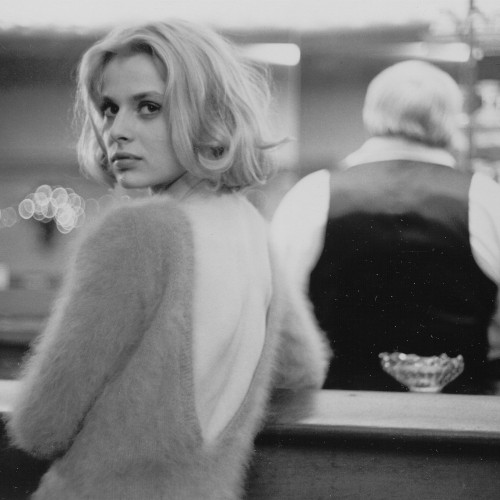
Marlene Dietrich has been celebrated, debated, photographed and, of course, shown on film to such an extent over the last century that, for many European and North American audiences, her first name suffices to introduce her. Notwithstanding all the angles history and cameras have taken on her, a thread runs through her work and life: Marlene Dietrich did not shy away from disrupting film and society – from challenging norms to her show-stopping presence on-screen that interrupts classical narratives to focus all eyes on her and her staging. Precisely these diverse challenges with which Marlene has confronted her audiences have let her be perceived as a role model to this day by different communities: Marlene was provocative as a working mother, as a bisexual star who practiced cross-dressing, as a fashion and style icon who created her own image, as an actress who intervened politically and took a clear stand for freedom, tolerance and democracy. In a selection of major films, this retrospective therefore explores Marlene as a disruptive force in cinema history.
Curated by Deutsche Kinemathek
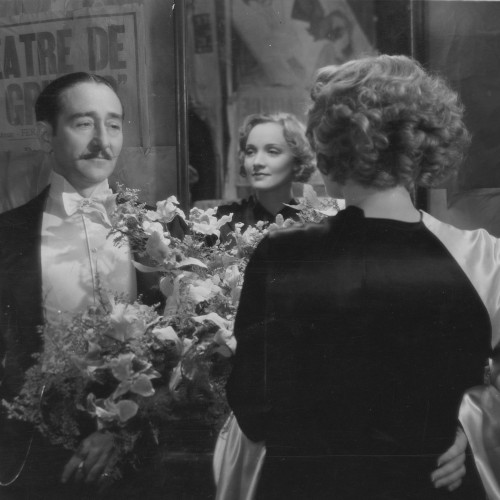
An internationally successful director who played a crucial role in key periods of Italian cinema history (neorealism, commedia all’italiana) and is beloved of filmmakers around the world (including those you would least expect, like Wes Anderson), Pietro Germi nonetheless came across as a surly, aloof filmmaker, whose vision of gender relations was considered to be politically incorrect and who was viewed with deep suspicion by the left-wing cultural establishment. It was only decades after his death that Germi was finally and rightly recognised as one of Italian cinema’s greats. His pessimistic vision of human relations took shape through a highly original reworking of genres: from the western (In nome della legge, the first film ever made about the mafia), to melodrama (Il ferroviere), noir (La città si difende), detective story (Un maledetto imbroglio) and a uniquely personal style of black comedy characterised by explicit and savage social critique (Divorzio all’italiana, Sedotta e abbandonata). Unlike many filmmakers of his generation, Germi never claimed to be an auteur and remained faithful to a vocation as a popular filmmaker. However, he is one of the directors who most consistently placed emphasis not only on a perfectly written screenplay, but on the mise-en-scène, the composition of the image, and the film’s rhythm.
Curated by Emiliano Morreale
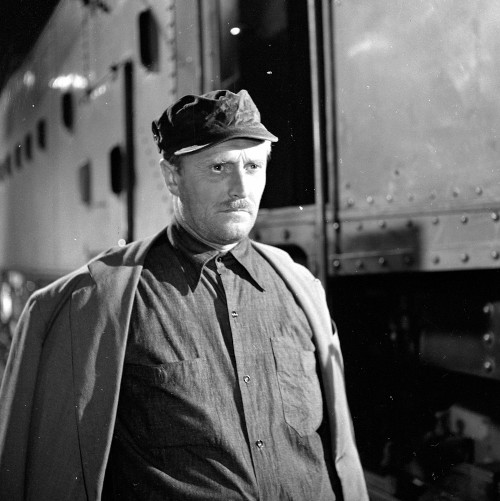
An unjustly overlooked master with an international career spanning six decades, Anatole Litvak made some of the most riveting and innovative films in the history of cinema that, save for a few titles, are hardly seen or discussed today. The Kyiv-born director of masterpieces such as L’Équipage and City for Conquest made films in Germany, France, UK and eventually Hollywood. This first-time overview of his dazzling career features films from all these bases of production, works that are ripe for rediscovery with their sweeping camera movements, long takes, ironic cutting, and splendid use of décor. Litvak’s films dive into a nocturnal world of flawed and unstable men and women whose identity crisis for Litvak reflects the crisis of the world between the Russian Revolution and the Second World War – a time of awakening and political turmoil that Litvak experienced first-hand.
Curated by Ehsan Khoshbakht
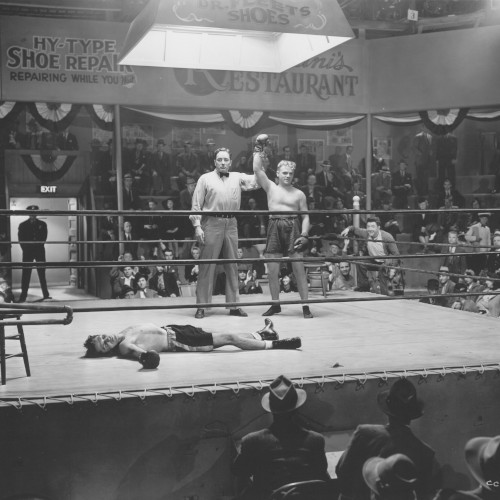
Work your way back, rewinding from Sois belle et tais-toi!, for the career of Delphine Seyrig is inextricably linked to her commitment to the feminist cause. An icon for cinephiles and feminists alike, she is more relevant today than ever. Over five screenings, immerse yourself in Fabienne Tabard by night (Baisers volés, 1968), take a stroll with the irresistible glitzy countess of Lèvres rouges (1971), and get to grips with rupture and social deconstruction in the company of activist friends, Chantal Akerman, Liliane de Kermadec and Babette Mangolte. Delphine forever, but especially now. “One thing I know is that in every role I play, I feel as if I have make myself less than I am. We need to write roles for women like those that were always written for men. This means roles to match Hamlet, or Macbeth; female characters who think, female characters who take action and who make you want to get involved in things and have an adventurous life.” (Delphine Seyrig).
Curated by Emilie Cauquy
Qui donc a rêvé (1966) di Liliane de Kermadec • Baisers volés (Baci rubati, 1968) di François Truffaut • Les Lèvres rouges (1971) di Harry Kumel • Sois belle et tais-toi! (1976) di Delphine Seyrig • Golden Eighties (1986) di Chantal Akerman • Calamity Jane & Delphine Seyrig, a Story (2019) di Babette Mangolte
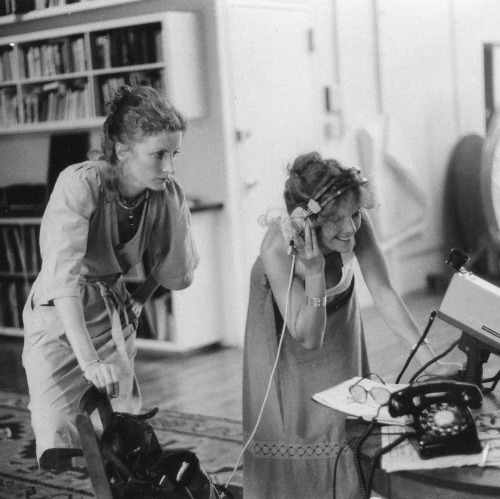
This year we present a rough guide through the developments and usages of colours in small-gauge filmmaking. The journey starts with tinted 16mm vintage prints from the 1920s and continues in the 1930s with amateur films. Thanks to lenticular colour motion picture processes like Kodacolor and monopack multilayer films like Kodachrome, colour became surprisingly more common in small-gauge cinema compared to commercial films made in 35mm. After the Second World War, colour film stock became also very popular in promotional and industrial films. From the 1970s onwards, colour in film had become an everyday phenomenon and no longer grabbed the attention of spectators like before. This might be an explanation why more and more innovative filmmakers like Bill Brand, Arthur and Corinne Cantrill and Christian Lebrat started to experiment with the possibilities of film colour to make them visible again.
Curated by Karl Wratschko in collaboration with Cinémathèque16, INEDITS & Lichtspiel/Kinemathek Bern
